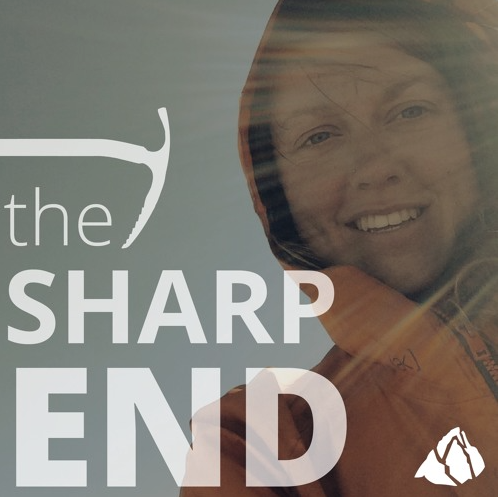Fall on Skis — Failure to Adequately Assess Conditions
Colorado, San Juan Mountains, Wilson Peak
 On April 20, my partner Scott and I, Alec Orenstein (37), attempted a ski descent of the northeast face (the “Coors Couloir”) of 14,017-foot Wilson Peak near Telluride. We began our approach via Silver Pick Basin at around 4 a.m. Changing over to crampons, we climbed a short couloir with steep snow and a fourth-class move that topped out on the southwest ridge of Wilson, and then traversed the ridge (with another fourth-class move) to reach the summit at around 11:30 a.m.
On April 20, my partner Scott and I, Alec Orenstein (37), attempted a ski descent of the northeast face (the “Coors Couloir”) of 14,017-foot Wilson Peak near Telluride. We began our approach via Silver Pick Basin at around 4 a.m. Changing over to crampons, we climbed a short couloir with steep snow and a fourth-class move that topped out on the southwest ridge of Wilson, and then traversed the ridge (with another fourth-class move) to reach the summit at around 11:30 a.m.
At the top, we encountered a skier and splitboarder who had passed us on the way up. They said they had traversed down the ridges along both sides of the northeast face but could not find a way to enter the face due to low snow coverage. They began to descend via the southwest ridge, the same way we had come up.
Scott and I descended the westerly of these ridges and stopped above what we believe is the usual entrance to the Coors Couloir. We discussed the coverage and concluded it would be safer to try to descend the northeast face with skis than to reverse the southwest ridge. Part of our thinking was that the other party included a snowboarder, who we judged would have had a much tougher time side-stepping down the top of the couloir, possibly explaining why they turned back.
I went first and began side-stepping down the face. I had my ski poles in my right (down-hill) hand, lashed together with a ski strap, and my ice axe in my left (uphill) hand, self-belaying with each step. I kicked off a small dry loose avalanche at the top, which did not reveal any more rocks below.
About 15 feet below the ridge, I had to move left above a rock band toward what looked like a safe zone where I could wait for Scott. I released my edges slightly to side-slip left and immediately hit several large rocks. I released from both bindings (even though I had locked the toes of my tech bindings), fell face-first into the rock band below me, and began sliding fast down the couloir.
I tumbled approximately 1,200 feet and came to rest in a large 35° snowfield below the couloir. I never lost consciousness. After taking a moment to assess my injuries, I called up to Scott to let him know I was conscious. Given my injuries and the fact that I had lost both skis in the valley hundreds of feet below me, I knew I wouldn’t be able to descend back to the car, so I called my wife with my cell phone to tell her about the accident, and she called San Miguel County Search and Rescue.
It took Scott more than two hours to descend to me (he had to put his crampons back on to descend on foot). The SAR team had arranged a helicopter to do a rescue, and at SAR’s direction and with Scott’s heroic help, I part-glissaded, part-stumbled to a flat spot about 200 vertical feet below, where a helicopter was able to pick me up.
My injuries were more minor than they could have been. I broke the transverse processes of two of my lower vertebrae, two ribs, and the iliac crest of my pelvic bone. I suffered a small pneumothorax and deep cuts and abrasions on my torso, legs, and face. I spent the night in the hospital and was mostly recovered after about eight weeks.
ANALYSIS
In retrospect, we obviously shouldn’t have tried to descend the couloir on skis, given the thin coverage. The party ahead of us clearly knew better. I have experience on alpine rock and scrambling, and I am an expert skier with experience in the backcountry, but this was my first ski-mountaineering expedition. Scott had more experience on this type of terrain than me, but ultimately our lack of experience judging the snowpack proved costly, especially on a route where the descent is on a different aspect than the approach.
The skiing was very much within our abilities, and we did make some good decisions that day, principally to wear helmets—in my case, a stout, heavy ski helmet. The very lightweight climbing helmet that I had debated bringing probably would not have protected me from the repeated blows to the head I received. We carried full avalanche gear, and I believe the fully assembled shovel in my large backpack saved me from a more severe back injury. We also got an early start, leaving plenty of daylight for the eventual rescue. Although I ended up having perfect cell service from the mountain, I also had a Garmin inReach Mini that I could have used to call for help. (Source: Alec Orenstein.)

